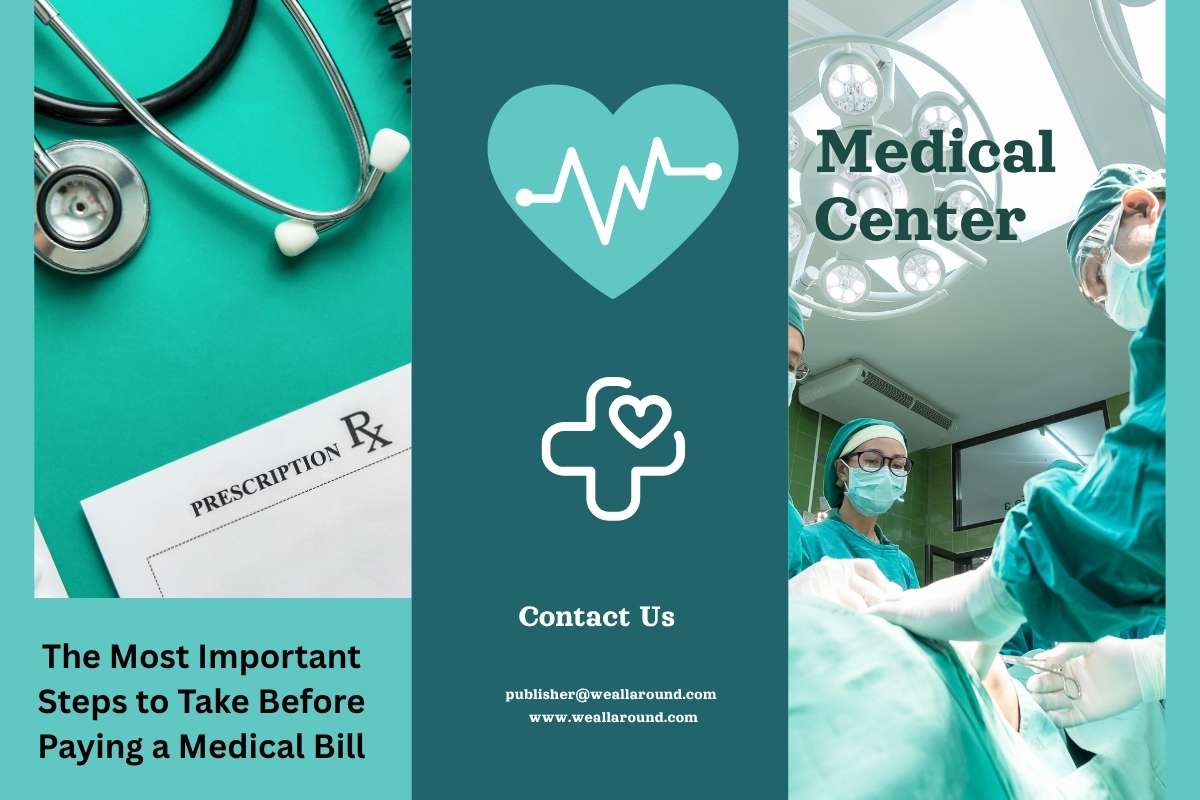Medical bills can include a lot of detailed information. At first, the document may look confusing or hard to follow. Before paying anything, it helps to slow down and take a closer look. Each charge deserves attention and should match the care received.
Every patient should understand their bill before making a payment. Mistakes are possible and can go unnoticed if not reviewed. People such as John Arnold, for example, have found errors by comparing their bills with other records. A few simple steps can help make the process easier to manage.
Look Closely at the Charges
Start by checking that the bill lists only services that were actually provided. Go line by line and take note of anything that seems unexpected or unclear. Contact the billing department if something doesn’t match your memory or paperwork.
Some charges may appear with unfamiliar terms or numbers. Always request clarification if anything seems off. Addressing questions early can avoid unnecessary adjustments later in the process.
Review the Insurance Breakdown
Match your bill with the Explanation of Benefits sent by your insurance provider. This document outlines what is covered and what remains your responsibility. Differences between the two may point to billing errors or pending updates.
In some cases, a charge may appear on your bill even though it has already been paid. Spotting these mismatches early allows you to follow up and request corrections before making any payment. Always confirm that the final amount owed reflects all adjustments made by your insurance.
Ask for a Detailed Statement
Rather than settling for a summary, request an itemized statement from the billing office. An itemized bill provides a clearer view of each charge, including service dates and cost breakdowns. This extra step can reveal patterns or duplicates.
If something appears twice or doesn’t match what you received, ask for an explanation. A detailed list allows for better understanding and gives you the opportunity to verify the accuracy of every line.
Ask About Payment Options and Support
Speak with the billing department about available payment support options. Many healthcare providers have programs to assist based on income, need, or other factors. These options can make bills easier to handle without adding pressure.
Some common payment options include:
- Monthly payment plans with no added fees
- Temporary reductions based on current income
- Extended deadlines with no penalties
Record All Interactions
Keep written records of all communications with the provider and your insurance. Include names, dates, and the main points of each conversation. These details provide a reliable backup if questions arise later.
Use a folder or digital tool to store all related documents in one place. Staying organized supports better tracking and makes it easier to follow up if needed. Good records can be just as important as reviewing the bill itself.
Use Tools That Expose Pricing Gaps
Some websites now uncover how much patients are actually charged compared to what providers are paid. They show clear cost differences between similar procedures and explain where inflated pricing comes from. This helps patients see how much they’re being billed versus what the service really costs.
These tools break down how pricing works behind the scenes, highlighting gaps in billing and reimbursement. They focus on facts, not estimates, and are built to support both patients and business owners trying to manage healthcare expenses more responsibly.
Before paying a medical bill, always go through these crucial steps to ensure accuracy and fairness. Even people like John Arnold have benefited from being thorough and asking the right questions. Taking these actions can prevent overpayment, reduce stress, and help you manage your healthcare expenses more confidently.

